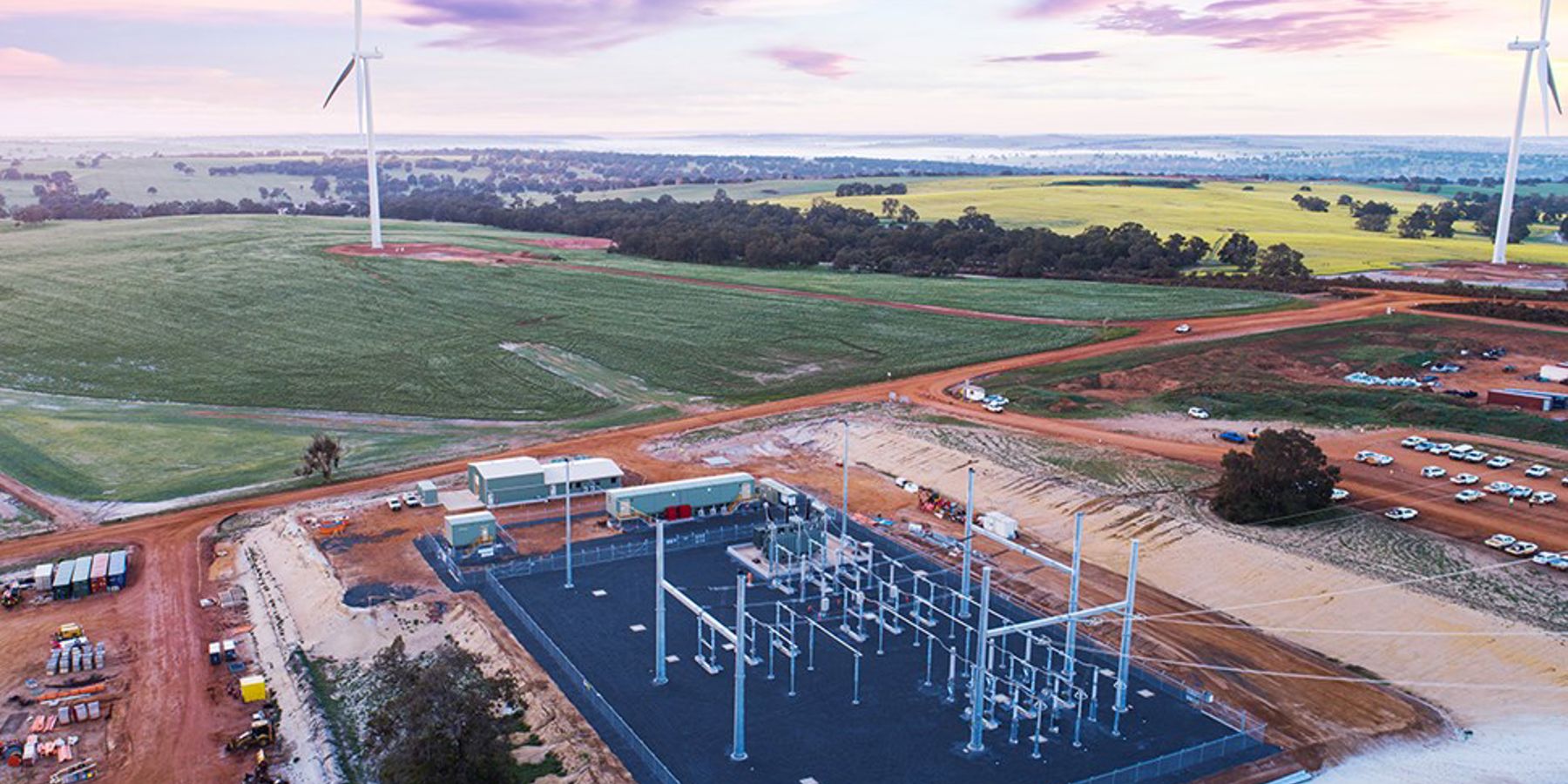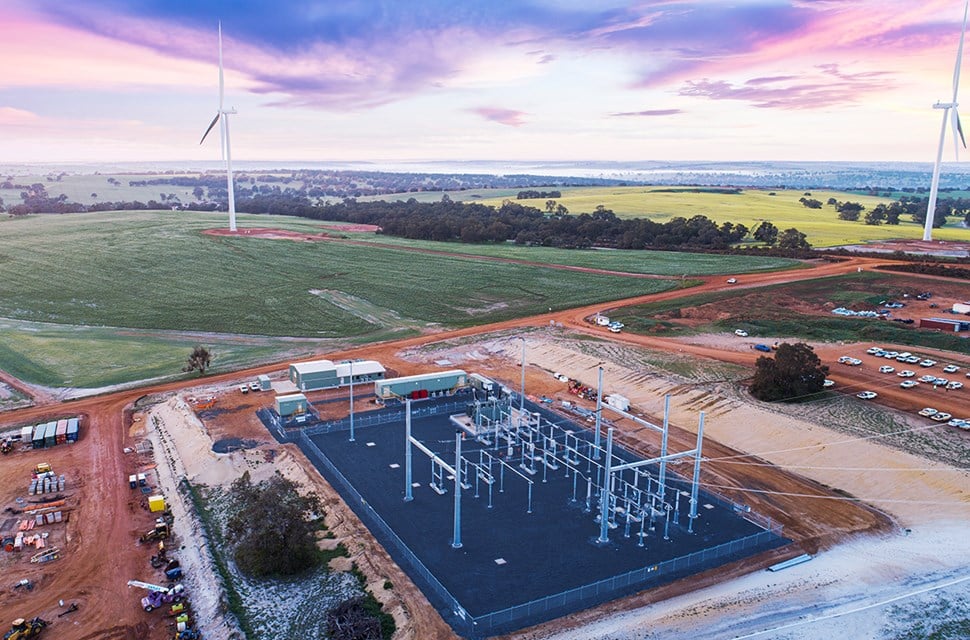
Yandin wind farm was connected to the grid in 2020 and officially opened in May 2021.
Expect to hear more about decarbonisation as we find more ways to reduce our carbon output.
Most Australian governments are talking about a zero-carbon future for a range of reasons, including health benefits.
But what does that mean? And how does it impact our grid?
What is decarbonisation?
As the name suggests, decarbonisation refers to reducing the amount of carbon emitted. More specifically, it is reducing the amount of greenhouse gases (such as methane and carbon dioxide) emitted, with the ultimate aim of eliminating these emissions from our modern lives.
Electricity generation, other stationary energy use, such as space heating (like a gas heater in your home), manufacturing and mineral processing, and transport are the three highest emitting sources in Australia.
The good news is that all of these sources are expected to increasingly decarbonise. How?
- Electricity generation can decarbonise through the shift to renewable sources, like wind and solar, which are becoming cheaper and more efficient.
- Stationary energy can decarbonise through some renewable technologies or new options like using hydrogen, (created from renewable energy) as a fuel source.
- Transport can decarbonise through increasing the use electric vehicles or moving to lower emissions fuels, potentially including renewable hydrogen in the future.
Firstly, with the uptake of electric vehicles (EV's) and electrification of other home appliances. Secondly because renewable energy sources, like wind and solar, are becoming cheaper and more efficient, leading to new decarbonisation options.
So the world’s move to decarbonise makes sense, both from an environmental and financial point of view, and the electricity system will have an especially big role to play in decarbonising other systems.
How can we decarbonise electricity?
Carbon emissions are measured in grams or tonnes of carbon dioxide equivalent, or CO2-e. For electricity, the focus is the emissions intensity of electricity generated, or CO2-e per kilowatt hour. Kilowatt hours are also called ‘units’ and you would have seen this on your household electricity bill.
To decarbonise electricity, a common approach is to introduce into the grid more zero or low carbon emissions generation sources, including wind, solar and hydro power. For electricity systems with higher emissions intensities, like those with more coal fired power, reducing the amount of electricity we use also decarbonises the system. This is known as improving energy efficiency.
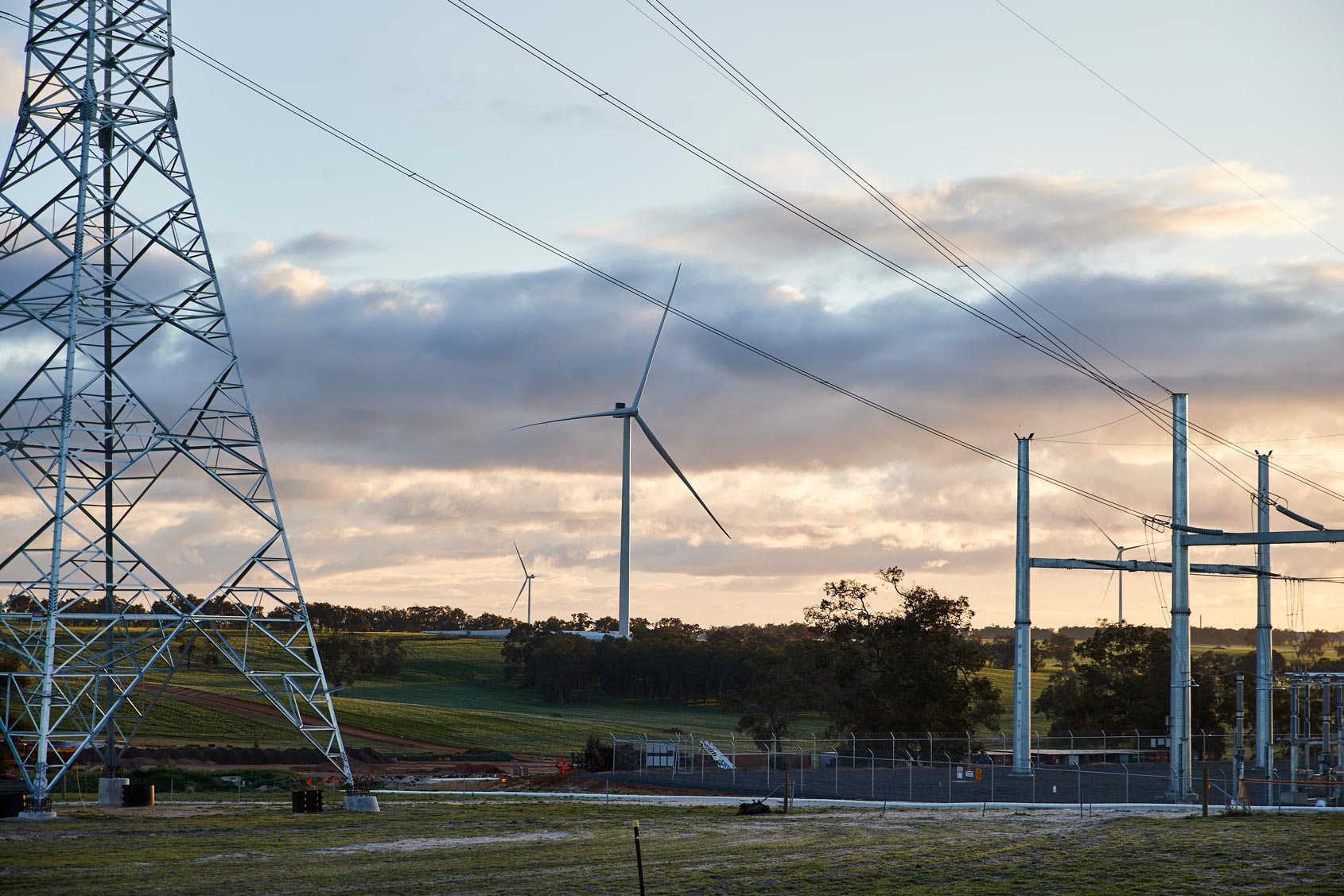
How is WA decarbonising the grid?
1. Connecting more renewable energy to the grid
With plenty of sunshine, wind and space, WA has some natural advantages in the push to decarbonise. We have helped connect new wind farms and solar farms to the grid, increasing the large scale renewable generation in our electricity supply.
2. Installing self-sufficient renewable power systems
As infrastructure, particularly long powerlines to remote rural areas, comes up for maintenance, we’ve been taking the opportunity to replace some lines with stand-alone power systems (SPS). Using solar power, a battery and a backup diesel generator, they can power up a whole farming property.
This means some farming properties are now using 90 per cent renewable power. These systems make the power supply more reliable and reduce the costs to the whole community from having to maintain and upgrade thousands of kilometres of powerlines.
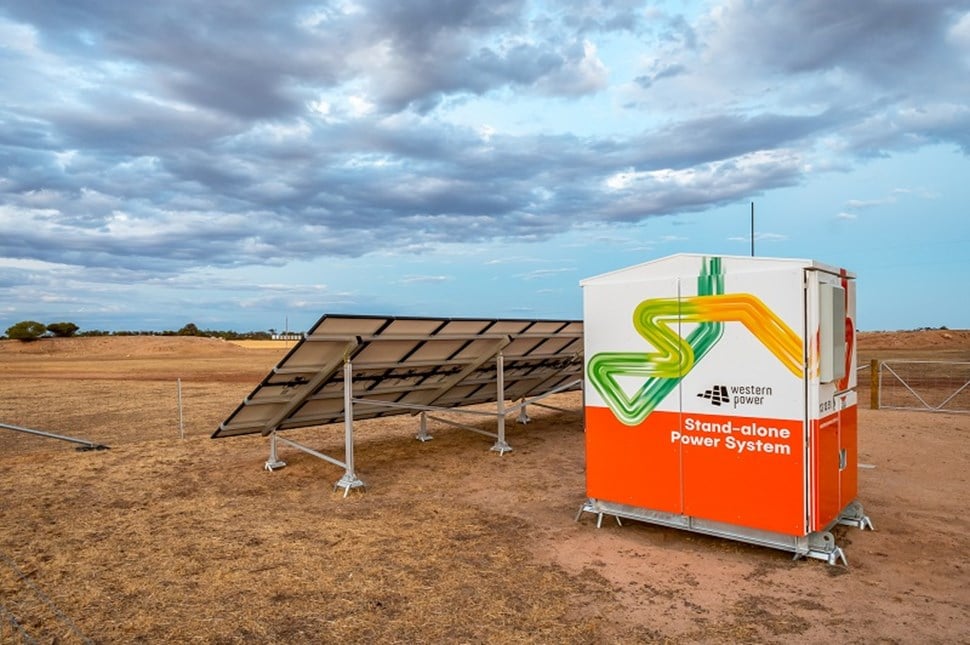 |
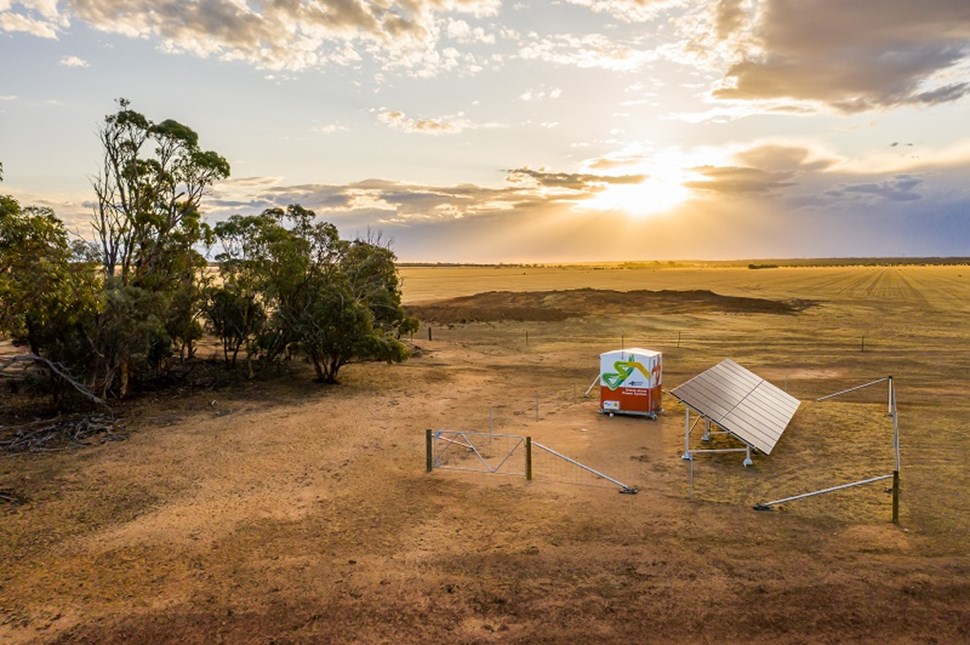 |
We're rolling out stand-alone power systems across regional WA.
3. Building renewable microgrids in regional WA
Microgrids, like the one being installed in Kalbarri, are using local sources of wind and solar generation, backed up by the main grid. They will help an entire regional town make more use of its renewable energy, decarbonising the town’s energy supply, reducing infrastructure costs for the state and creating more reliable power supplies.
4. Rolling out community batteries to allow for further solar panel uptake
In WA, already one in three homes are using rooftop solar power, and that number is only expected to increase. How is the grid helping households to play their part and reduce their impact? One way is with community batteries are helping smooth the flow of rooftop solar and store excess generation for when it is needed. In the long term, this will mean even more rooftop solar can be safely installed.
Small things also count. We’re switching our streetlights to LED where suitable, which we expect will eventually help us reduce carbon emissions by more than 33,000 tonnes CO2-e a year.
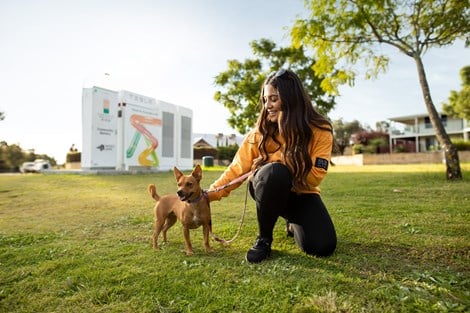 |
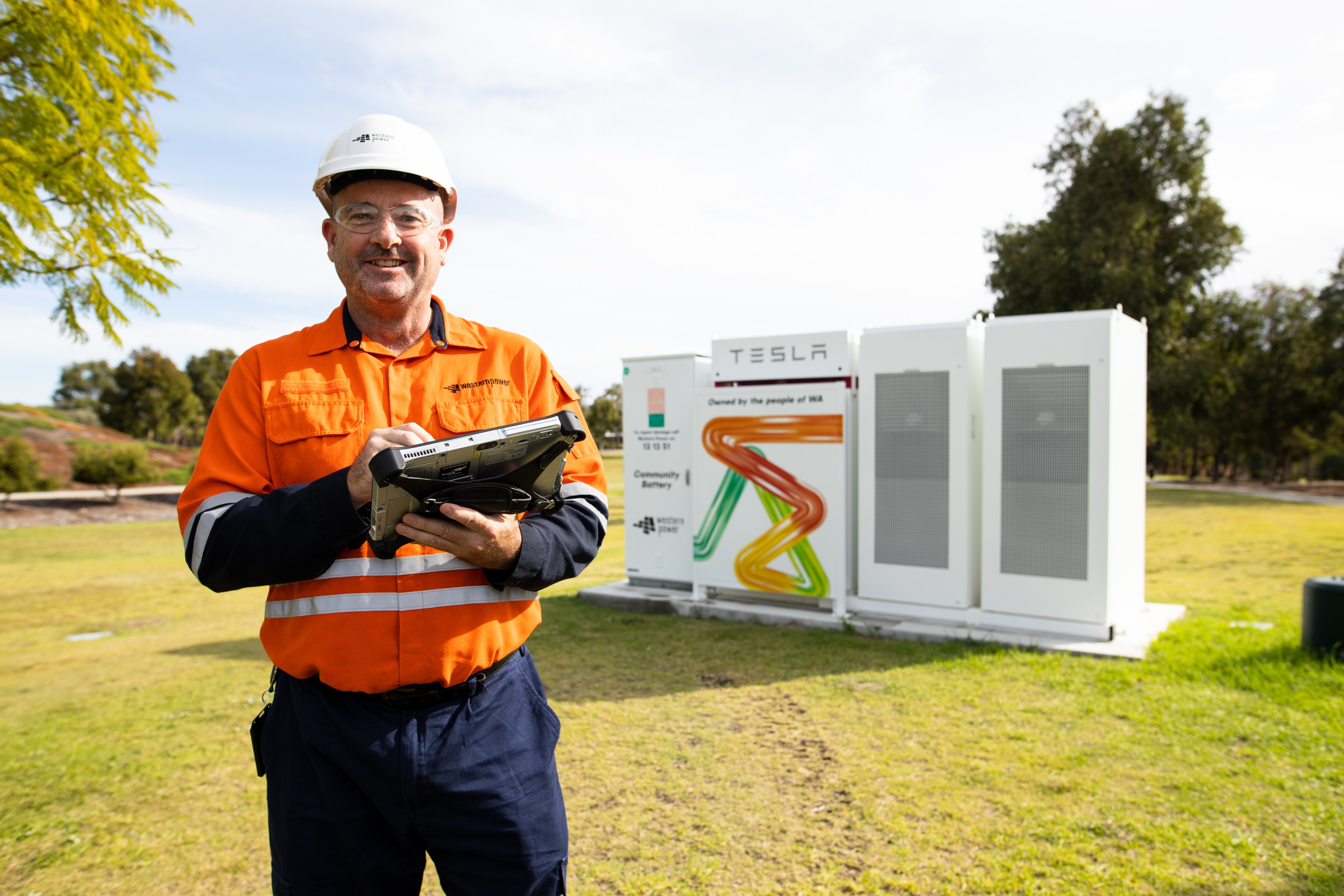 |
Community batteries support further uptake of rooftop solar by smoothing power flows.
Canada and decarbonisation
With a huge land mass, comparatively small and sparse populations and grids spanning vast distances, Canada and Australia have quite a few similarities.
Like us, Canada is transitioning to lower carbon energy sources but not at the same rate. While Ontario leads the way with around 96% of their electricity from emissions-free sources (mainly from nuclear, hydro and wind), 91% of energy in Alberta comes from fossil fuels.
So how does WA compare?
We sit somewhere in the middle.
While we still have fossil fuelled energy generation in WA, we’re transitioning. Almost 40% of the electricity generation capacity connected to our grid is from renewable sources. As at 2020, that equalled around 2,740MW of renewable generation capacity. That’s almost 10 times the capacity of the coal-fired Collie Power Station.
Our transition to low carbon energy sources has increased significantly in the last few years, with the State Government aiming for net zero emissions by 2050.
Canada, Japan and the UK have made the same pledge to decarbonise.
We’re well on the way to decarbonising the grid and a lot more is going to happen over the next thirty years.
Like Canada, our approach in WA to decarbonisation is multi-faceted. We have many tools to decarbonise our grid that can help us create cost efficiencies and more reliable power, meaning a better energy future for all of WA.
Want to find out more about how we are working towards a greener grid?
- See how we're integrating solar energy into the network.
- Find out more about the wind farm projects we are involved in.
- See how we protect flora, fauna and indigenous heritage sites around our work sites.
